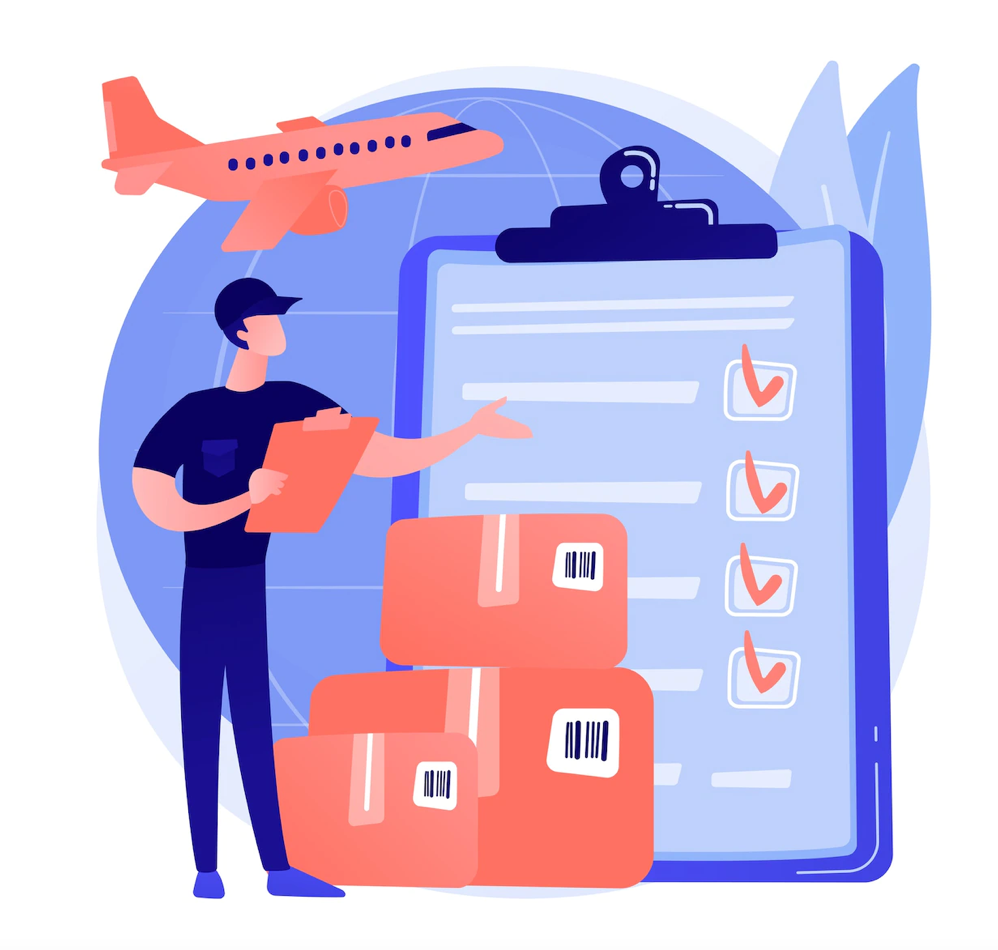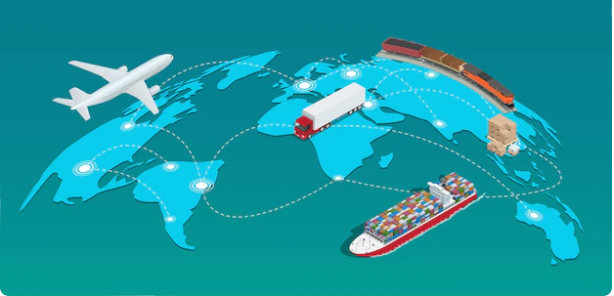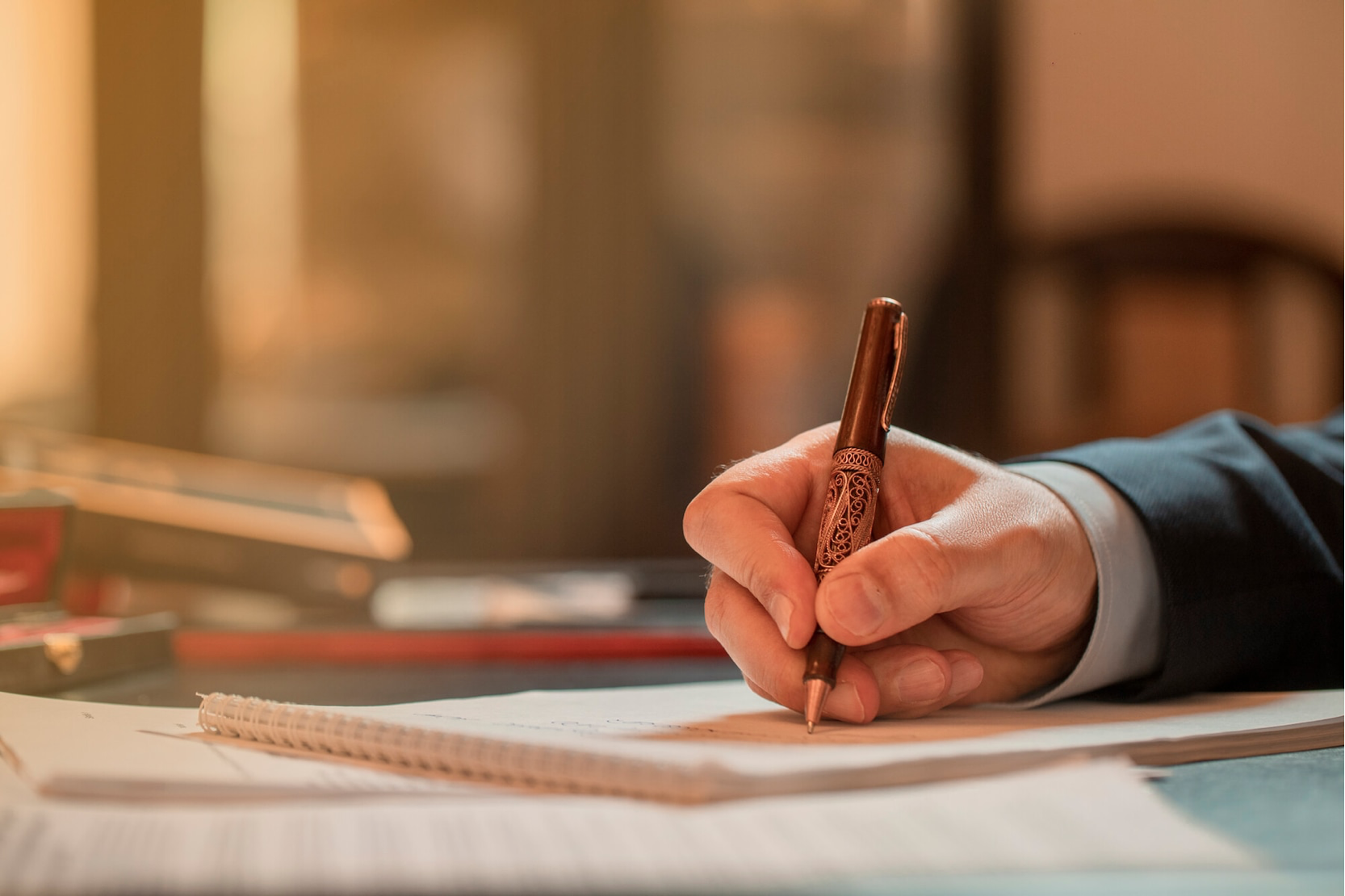
Times have evolved significantly from the days of simply discovering a product you want to sell, getting it shipped over, and selling it. Importers are now responsible for a vast range of compliance standards, where it’s essential to be actively involved in the process to meet advancing requirements.
Things are much different now, where safety, labelling, and documentation are among the critical requirements you must consider if you’re looking to import products from China. Failing to adhere to industry standards can leave you in a heap of legal trouble, where you can face fines or even persecution if you’re not careful.
Need help with your product compliance?
.
Swedish entrepreneur Fredrik Gronkvist is a compliance expert who broke product compliance into five pivotal stages:
Discovering Which Regulations Apply to Your Product
A critical starting point is to work out which product regulations apply to your products. It’s essential to keep track of the following:
- Labelling Requirements
- Product Safety Standards
- Documentation Requirements
- Laboratory Requirements
- Chemicals and heavy Metal Regulations
Some product regulations apply to all categories, for example, consumer products in the United States must contain labels like ‘Made in China’ or ‘Made in Indonesia’.
If you’re looking to import from China and you’re operating from the UK, you should definitely consider how to avoid import tax from China to UK.
Substance Regulations Examples
- FHSA (USA)
- REACH (EU)
- California Proposition 65 (California, USA)
Label Examples
- CE Marking: Electronics, helmets, sunglasses, et al (EU)
- Textiles labelling requirements
- Country of Origin
Product Regulations/Standards Examples
- EN 71: Toys (EU)
- CPSIA: Children’s Products (USA)
- 21 CFR: Food Contact Products (USA)
- TB 117
- Low Voltage Directive: Electronics (EU)
Each of these regulations has unique requirements for general labelling, documentation, and safety. In other cases, more than one product regulation can apply to a given product.
To illustrate this point, children’s wear sold in the United States must comply with the following:
- US textiles labelling requirements
- CPSIA
- US country of origin labelling requirements
- Flammable Fabrics Act (FFA)
To be compliant, you must embrace a comprehensive understanding of relevant regulations within your target market.
You can find information about product regulations by visiting any of the following websites:
Are There Any Additional Requirements?
If you’re an Amazon seller, you may be required to meet additional compliance standards that aren’t required by law. For example, sellers of lithium batteries must show UL test reports, despite this not being a legal requirement.
As a seller, you might also be asked to prove that your original manufacturer is ISO certified. If you’re looking to sell via the Amazon platform, you should confirm whether there are additional requirements needed.
Whether you’re looking to import furniture from China or buy products within your region, adhering to additional requirements is an utmost priority. To avoid facing further complications, you can also look into
Assess Your Supplier’s Capability
Foreign manufacturers aren’t usually known for high standards of compliance. In China, Asia, and other countries around the world, manufacturers rarely go much further than simply confirming whether products pass compliance testing for certain regulations.
Manufacturers are far from compliance experts, so you should not expect them to assist with the process. However, you should still request test reports so you can evaluate whether products have passed lab testing. Though you won’t be able to use old test reports to prove your products are compliant, they’ll still be useful to determine whether the supplier you’re working with can make compliant products.
Compliance assessment is an essential consideration when configuring who to work with, especially when less than 10% of manufacturers have that compliance capability.
Review Product Designs
In some cases, it’s essential for compliance to be ‘built into the design’ of a product, especially when dealing with high-risk products.
Here are two of the biggest examples concerning safety as a feature:
Electronics: BoM and wiring diagrams, and casing must be built for compliance.
Children’s Products: Must be designed with no sharp edges and to contain robust seems.

Create Label Files
Before entering production, you must include relevant label files that indicate important information. Label files will include information like mandatory compliance marks or other information like country of origin.
Here are some examples of crucial label files:
File Formats
- .ai
- .jpg
Other Information
- Print position
- Dimensions
- Colour
- Type: Engraving or Print
Label files must be submitted to a supplier before entering production, incorporating all of the information listed above.
Need help with your product compliance?
Laboratory Testing
Considering the importance of product compliance, it’s essential to get an objective, expert opinion to ensure you don’t run into difficulties later on. Third-party lab testing is a great way to verify that your product is compliant with safety regulations. Though testing your product is not a mandatory requirement, there are some great motivations for engaging in this practice:
Confirm That Your Product is Safe
If someone is injured by your product you’ll be held legally and financially liable. With this being said, it’s definitely in your best interest to verify that your product is safe and fully compliant. This can be achieved by conducting a lab test.
Market Operators
New regulations are encouraging shipping companies, online marketplaces, and fulfilment centers to verify whether the products being handled are compliant. By not conducting a test report, Amazon can refuse your listings and forwarders can refuse shipments.
Government Authorities
Lab testing might not be mandatory, but it’s a great way to confirm your products are fully compliant. If consumer product surveillance authorities ever request for you to demonstrate compliance, a test report is a great way to prove the measures you’ve taken to ensure product compliance.
When Should You Get Your Product Lab Tested?
Your decision will largely be dependent on the type of product in question. When it comes to protective equipment, electronics, or children’s products, it’s critical to send a pre-production sample for lab testing.
This is necessary because your design must be ‘compliance proof’ before entering mass production. However, some regulations like the CPSIA require testing to be done on the final product. For example, you might also be asked for samples that are randomly selected from a production run.
How Much Does Lab Testing Cost?
Depending on the complexity of the project, lab testing can cost anywhere from $100 to tens of thousands of dollars. Here are a few cost examples for reference:
- Stainless steel watch: $500 – $700
- Textile fabrics: $200 – $400
- Electronic device: $1000+
- Food contact materials: $300 – $500
Important price factors to consider include things like the number of regulations applicable, number of SKUs, materials, colours, and more.
You can reduce the cost of your lab testing report by reducing the number of materials used, SKUs, or colours available, and by not selling to too many countries at once.
Summary
As you can see, there is a lot to consider when it comes to compliance. If it all seems like too much of a headache and you simply need guidance to help you move forward, you should consider working with an expert sourcing agent like HUACI Sourcing.
At HUACI Sourcing, we leverage years of industry knowledge to help you meet advanced compliance standards. In doing so, we’ll help you mitigate risk, safeguarding your best interests every step of the way. Contact us today for a consultation.






[…] product inspection, quality compliance, and quality assurance systems do you […]
[…] inspect the shipment if they want to. They won’t inspect every shipment but they do make random inspections based on your record, as a security measure to ensure that the goods are as they have been listed. They are also allowed […]